The authorization requests that Windows displays when you install some software annoy you? You can delete them by deactivating user account control. But beware of your safety!
You have probably already noted it: when you carry out certain “sensitive” operations on your PC – the installation of new software, for example -, Windows displays a warning window indicating that this action will lead to changes and requests your authorization to continue. This alert comes from the user account control, also called UAC (for User Account Control), a protective mechanism integrated in Windows from Vista, and therefore present in Windows 7, Windows 8 and Windows 10.
What is user account control for?
Activated by default and working constantly in the background, user account control acts as a security barrier. Its role is to prevent certain actions – and in particular those from applications – affect sensitive system functions. On the technical level, the operation of the UAC is based on the concept of access rights – also qualified as privileges – associated with user accounts. It is the level of rights granted which allows or prohibits access to certain functions – installation of applications, deletion of files, launching of processes, recording in system folders, etc.
Under Windows, Administrator type accounts are the only ones to have the highest rights that allow them to do everything – logical! -, the others, of the standard type, having only limited rights. By default, applications are launched with limited rights, even when used with an administrator account. And when they need more rights, to carry out certain operations, they ask for the system. This is precisely where the UAC manifests itself, by displaying an alert to request the administrator the authorization to grant rights to the application. This warning is designed to prevent an unknown software, potentially malicious, will discreetly agree with the rights of access to the system. To take an image, the UAC somehow plays the role of a vigil that filters the customers of an establishment by ensuring that none enter the back-Boutique without the explicit authorization of the boss!
As precious as it is, this control can however annoy in the long run, especially when the warning is displayed several times a day. This is why some users prefer to deactivate it. The operation is simple, but really not recommended, for obvious security reasons. Clearly, only deactivate UAC if you really know what you do on your PC and if you have a perfect knowledge of the software you make!
How to deactivate user account control via the configuration panel?
The easiest way to deactivate UAC is to go through the configuration panel, which is present in all Windows versions from Vista, including in Windows 10.
- Click on the menu Startr, scroll through the list of applications, open the folder Windows system, then click on Configuration panel.
- In the main window of Configuration panelclick on the section User accounts.
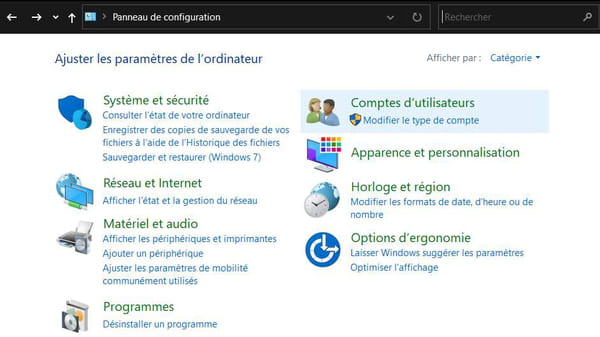
- In the next window, click again on User accounts.
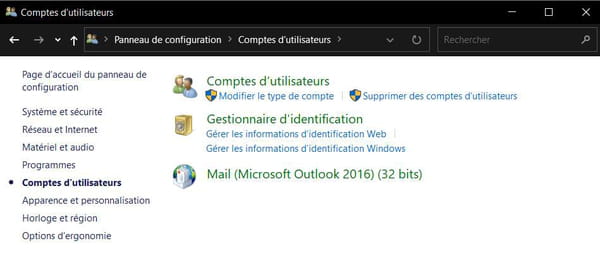
- In the section Modify your USETEU accountR, click on Change user account control settings.
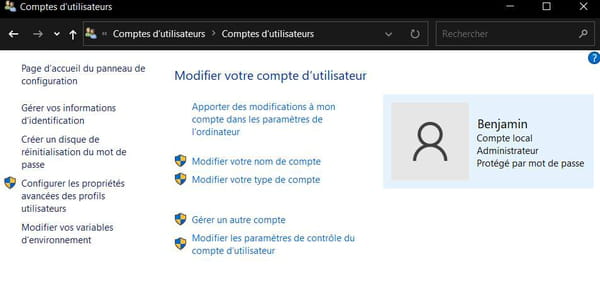
- The user account control parameters window is displayed. A gauge indicates the degree of security currently set to your computer.
- Adjust the gauge to the lowest to completely deactivate UAC, then click on OK.
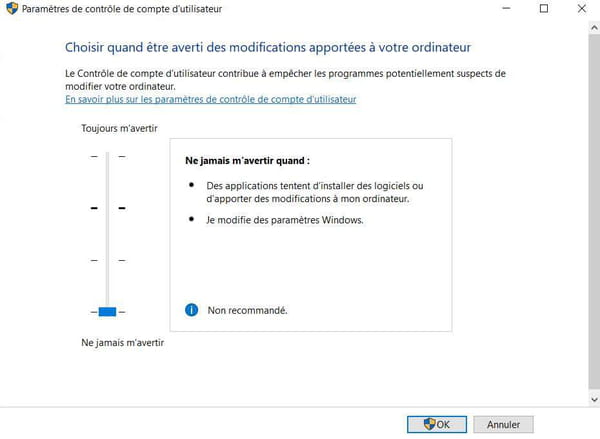
- To reactivate user account control, simply redo the same manipulation and go up the gauge to the desired degree of security.
How to deactivate UAC with the register publisher?
The other way to deactivate UAC is to modify the Windows register. Again, manipulation is valid for all versions of the system from Vista, but it is more delicate, the registry is a very sensitive element. Before any modification, make a backup of the register (see our practical sheet).
- In the Start menuaccess the section Windows administration tools Then click on the shortcut Register.
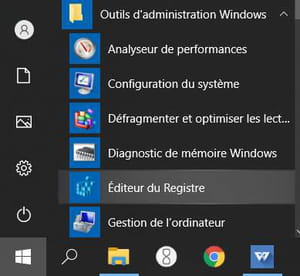
- Browse the following path in the tree tree of the left menu: Hkey_local_machine Software Microsoft Windows Currentversion Policies System. You can also stick this path directly in the editor’s address bar.
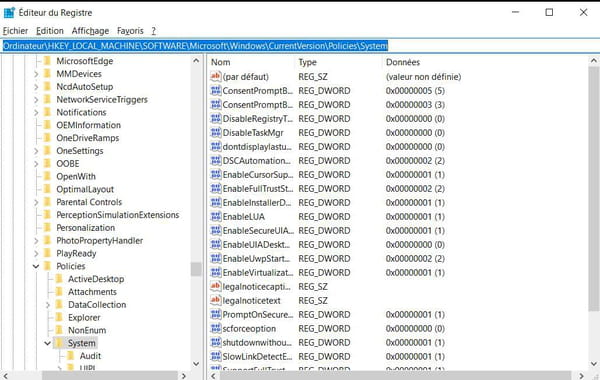
- In the right window, identify the value Enableua. Right click on it, then click on To modify… In the context menu.
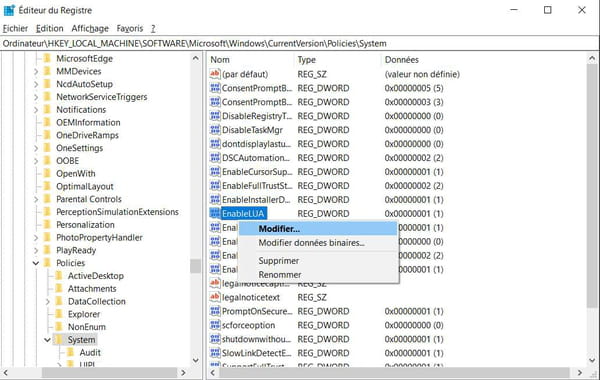
- In the value modification window, enter 0 in the field Value data, then click on OK To validate.
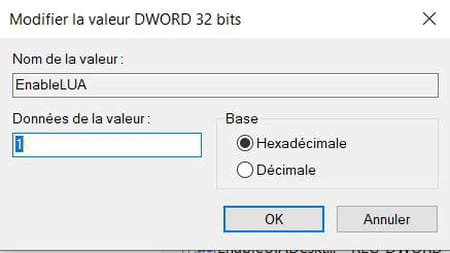
- Restart your computer so that the deactivation is effective.
- To reactivate user account control, redo the same handling and enter 1 in the field Value data.
